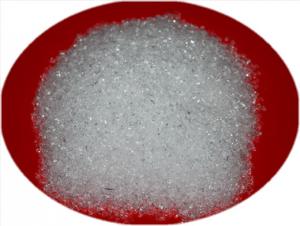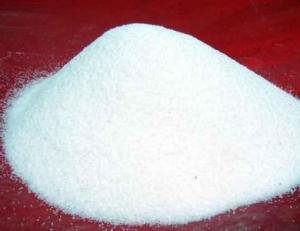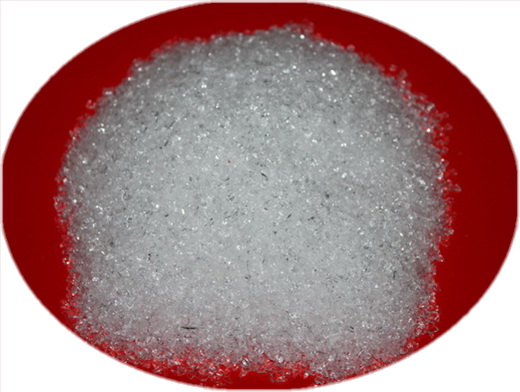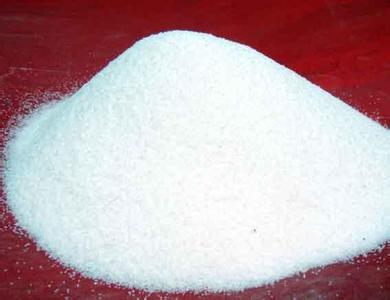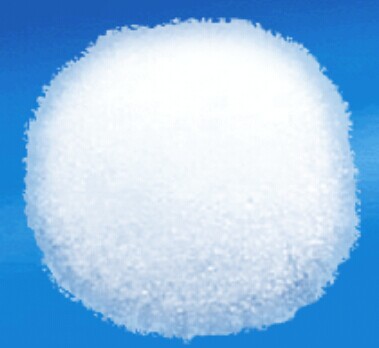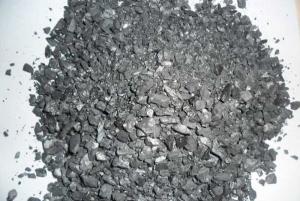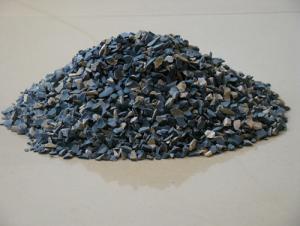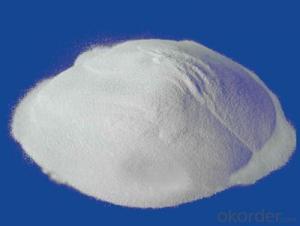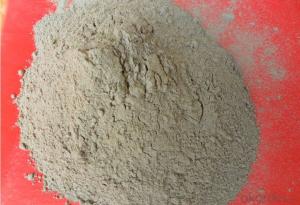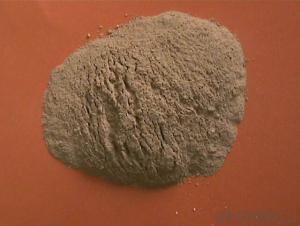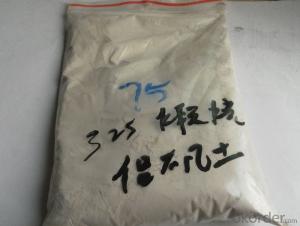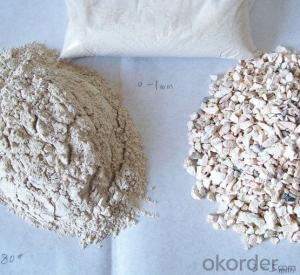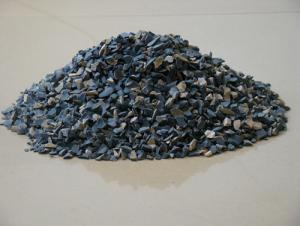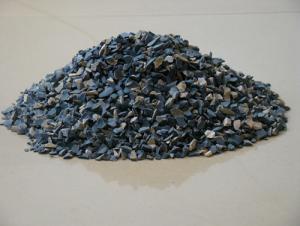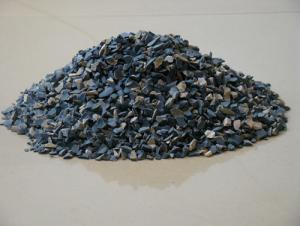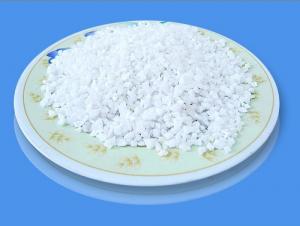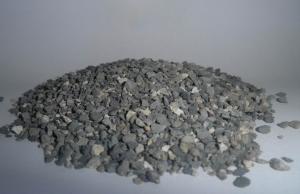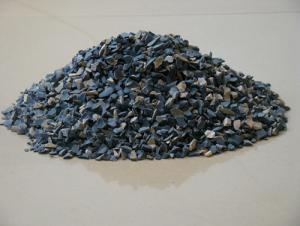Raw Materials for Refractory - Fused Silica Powder
- Loading Port:
- China Main Port
- Payment Terms:
- TT OR LC
- Min Order Qty:
- -
- Supply Capability:
- -
OKorder Service Pledge
OKorder Financial Service
You Might Also Like
PRODUCT INFORMATION | |
Item | Fused Silica Powder |
Size | D50=9~11um |
Application | Epoxy insulation encapsulant material / Epoxy Molding Compound (EMC), Copper Clad Laminate (CCL), Electromagnetism Industry, Electronic Industry, Ceramic Industry, The Aerospace Industry, Glass Industry, Plastics Industry, Grinding Material Industry, Coating Industry, Investment Casting Industry, Thermal Insulation Product of Calcium Silicate, Refractory Material |
Model No. | R610 |
MOQ | 5 ton |
Material | natural silica rock after melting |
H.S. CODE | 25061000 |
PRODUCT CHEMICAL COMPOSITION AND PHYSICAL PROPERTIES | |
SiO2 | >99.99% |
Al2O3 | <0.015% 1000ppm |
Fe2O3 | <0.002% 50ppm |
Density | 2.2 |
Whiteness | >92% |
Moisture content | <0.05% |
Mohs hardness | 6.5 |
Igniting loss | <0.12% |
Appearance | powder |
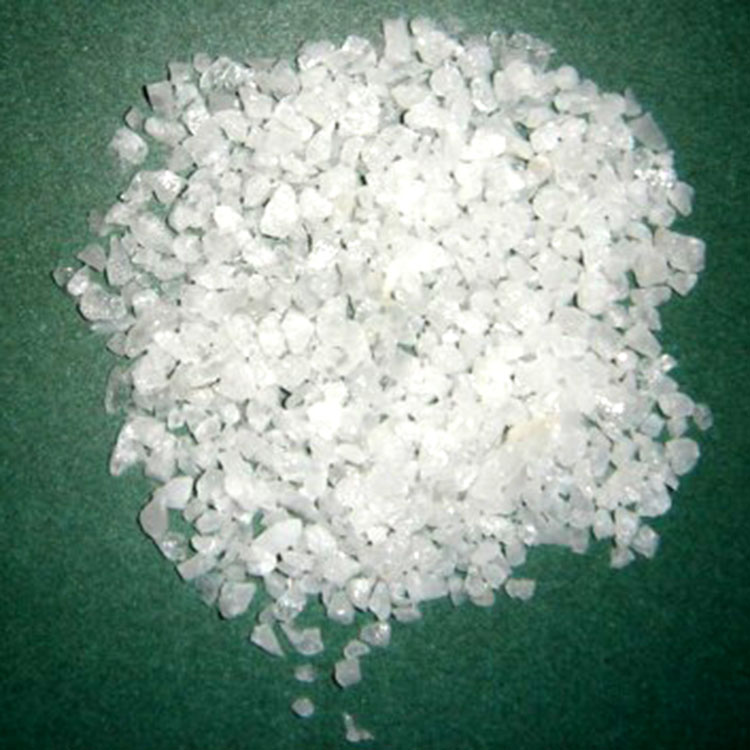

- Q: What is the fire resistance thickness of the thin fire-retardant coatings?
- Our thin steelwork fireproof coatings: the fire resistance is 2.5 hours, the thickness is 4.9 mm, the fire resistance is 2.0 hours, the thickness is 3.5 mm, the fire resistance is 1.5 hours, the thickness is 1.75 mm, the fire resistance is 1.0 hours, the thickness is 1.17 mm.
- Q: How to divide the fire resistant level of EVB?
- 1. The thermal insulation material of level A combustion performance: Inorganic fiber spray coating, glass wool, foam glass, foamed ceramics, rock wool, foam cement and hole-closed perlite, etc. 2. combustion performance is level B1 insulation materials: Extruded polystyrene board (XPS) after special treatment / Special treatment of polyurethane (PU), phenolic aldehyde and gelatine powder polyphenyl granule 3, combustion performance is level B2 insulation material: Molded polystyrene board (EPS), extruded polystyrene board (XPS), polyurethane (PU), polyethylene (PE), etc. I hope I can help you!
- Q: Who knows the setting requirements of roofing fire barrier zone?
- curtain wall style architecture should meet the following requirements: The space between the inner cavity of the base wall and curtain wall and base wall, pier?between?two?windows, window sill wall and skirt wall should be sealed by the fire-proof?sealing?material at each floor. I hope I can help you!
- Q: Can quantitative feeder be used in refractory plant? Thank you
- Yes, but the material must be no longer using a simple Q235 material
- Q: The development prospect of fire-resistant material
- Concrete has a broad employment direction while refractory material is not in popular demand. But if you do well, you are one of ethe experts.
- Q: What are the differences and connections between softening temperature of the refractory under a fixed load and thermal resistant creep property of the refractory?
- The result of refractoriness under load is temperature while the result of creep is percentage of deformation. Refractoriness under load and creep can be tested by an instrument. Refractoriness under load reflects the temperature in which the deformation reaches a certain degree under the condition of load. Creep reflects the deformation refractory has under the condition of constant temperature and load. Both refractoriness under load and creep are important criterion for the operating temperature of refractory.
- Q: What are the application of old refractory bricks?
- It can still be used as refractory bricks or refractory. The quality of auxiliary material is not as good as bauxite.
- Q: What does refractory mean?
- What is refractory material?Refractory material generally refers to the inorganic refractory degree over 1580oC non metallic materials. It includes natural ore and various products in accordance with certain requirements after a certain process. With the volume stability of high temperature mechanical properties, a good, is the necessary equipment for all kinds of high temperature materials.
- Q: how does the fire endurance of first rate fire resistant window?
- the classes are different. class A window not less than 1.5 hours, and the time is short, class B window not less than 1 hours, with shorter time, Class C window not less than 0.5 hours.
- Q: Do you know where I can buy refractories?
- You can buy refractories in these places: 1. Addresses of refractory factory: No. 57, Qingshan District, Wuhan 2. Address of Qingshan refractory factory in Wuhan: Special NO.1 Xingli Road Hongshan District, Wuhan 3. Address of Xinghuo refractory factory in Hongshan district: No. 34 Qingshan District, Wuhan 4. Address of Henao refractory factory: No. 78 Jiangxia District, Wuhan
Send your message to us
Raw Materials for Refractory - Fused Silica Powder
- Loading Port:
- China Main Port
- Payment Terms:
- TT OR LC
- Min Order Qty:
- -
- Supply Capability:
- -
OKorder Service Pledge
OKorder Financial Service
Similar products
Hot products
Hot Searches
Related keywords
